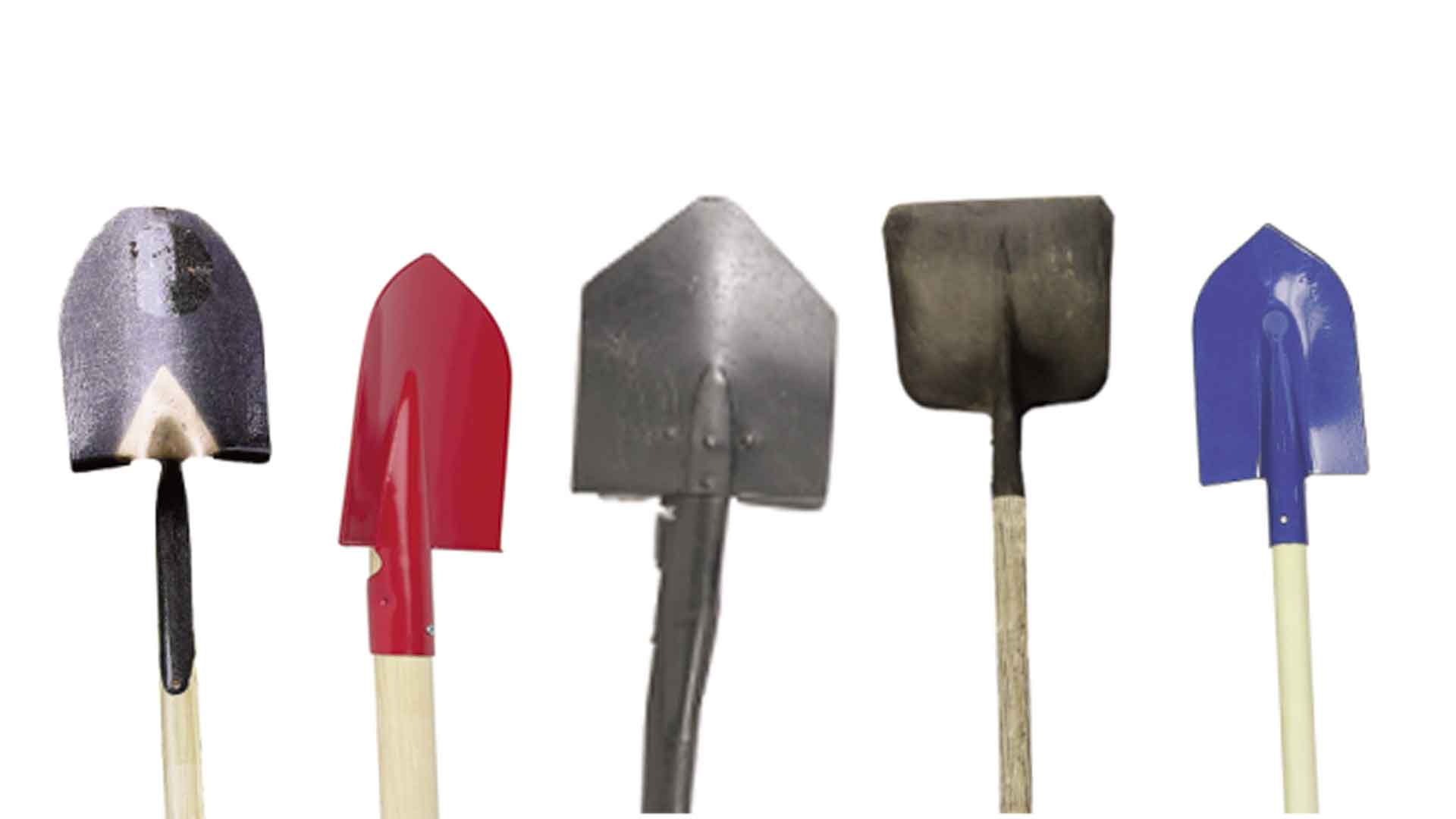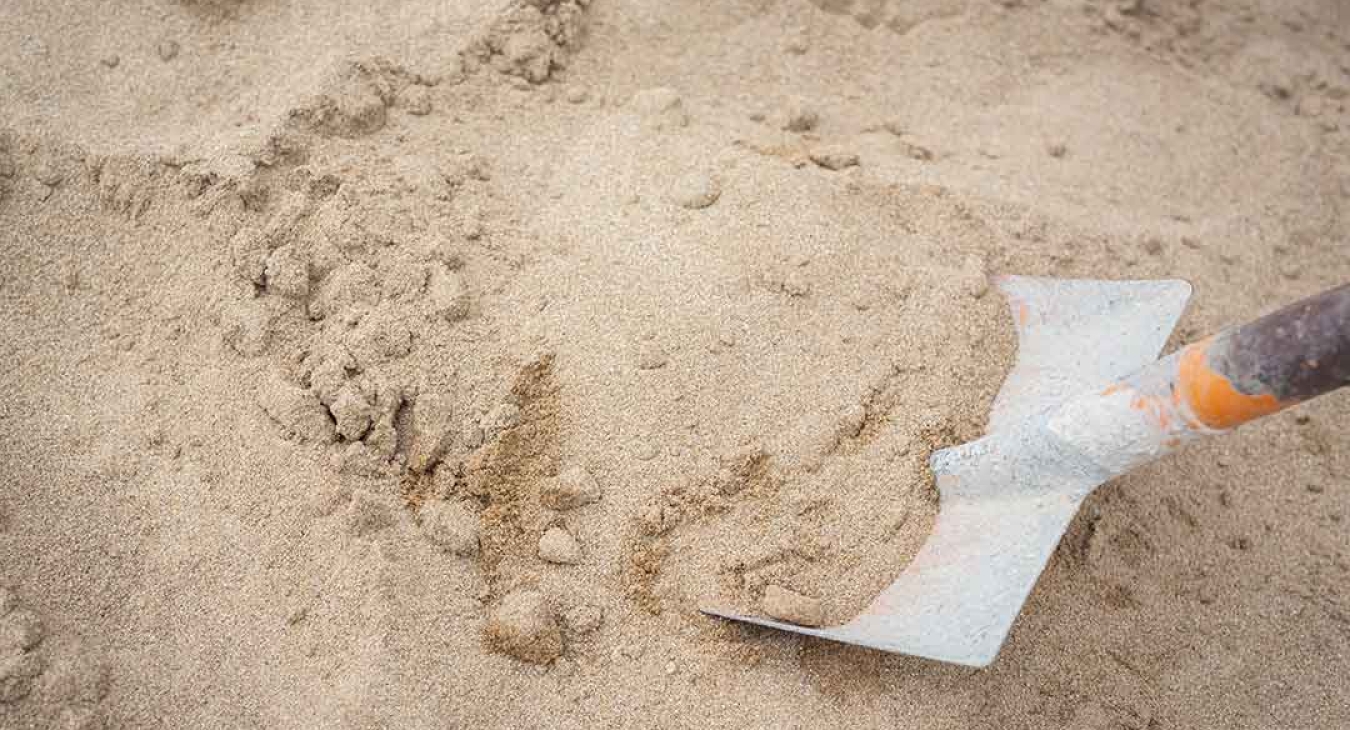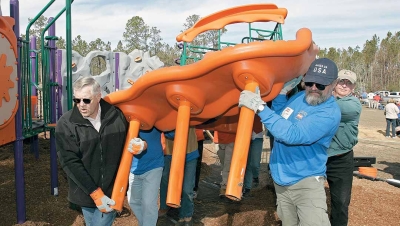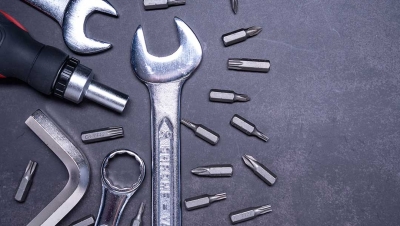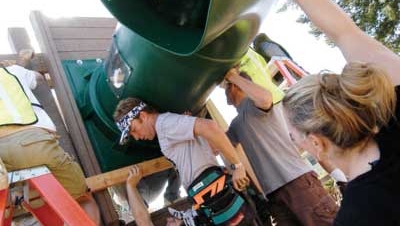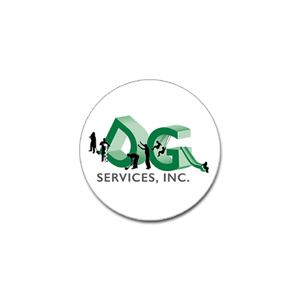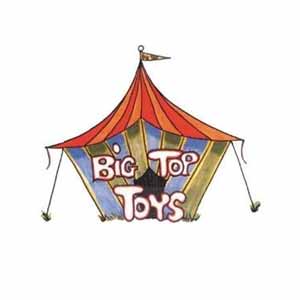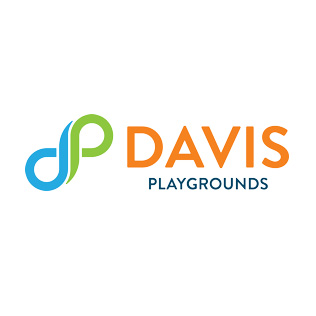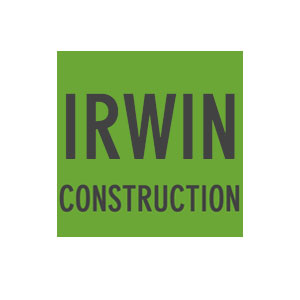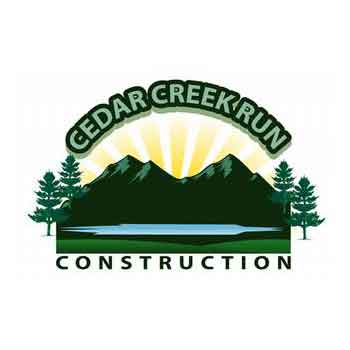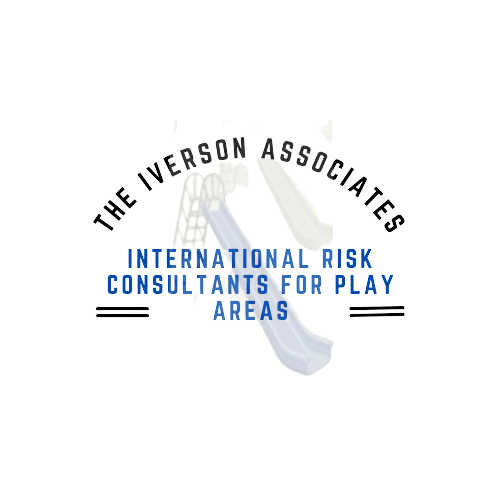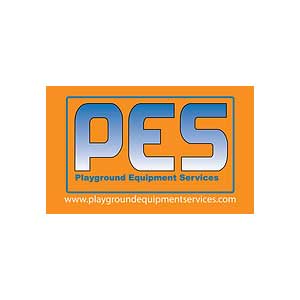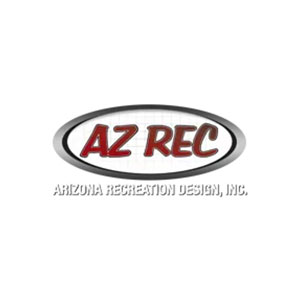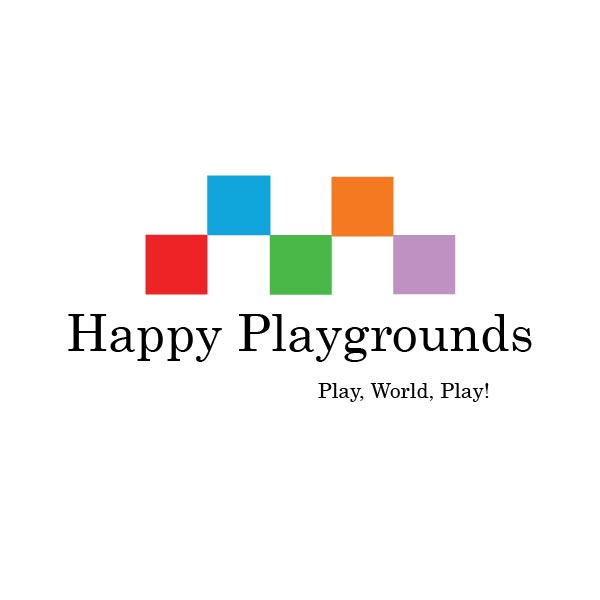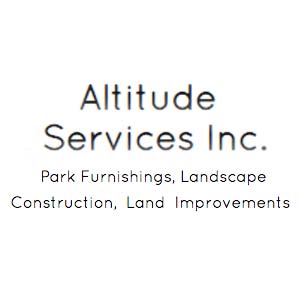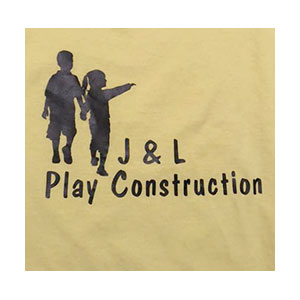Credentials matter
In the past, some playground owners and even playground sales firms believed that anyone with a shovel could install playgrounds. Find someone willing to dig holes, and the mission is accomplished! Do not fall into that mindset with today's playground equipment. The technical nature of installation instructions, CPSC Guidelines, ASTM Standards, and accessibility requirements makes it essential that qualified and trained persons construct modern play equipment.
I recently observed a case of an installation gone wrong when I was called upon to audit and inspect a play structure installed by a group of novice playground builders. The volunteer group had been too good of a deal for the school principal to pass on. It was a free installation. The leader of this volunteer group had been involved in several installation projects and was tasked with overseeing the workers on this one. The project was a two-phase installation, with the customer installing phase one with an inexperienced volunteer work crew. I got involved when the owner and sales representative attempted to plan phase two. It seems that many of the uprights in the original phase were installed in the wrong location. This was causing havoc with the design of the phase two addition. It was quickly determined that an audit and inspection were in order.
There were other items misplaced and installed improperly, such as a ground-level store panel on top of a 24-inch deck, and the wrong hardware had been used on the collars.
Many upright heights were out of order, and the uprights were installed out of plumb. The overhead events were installed too low, and several ground-level components were installed in the wrong locations. The secondary collar pins that require field drilling and installation had not been installed. The lower end of the vertical step panels was not secured, leaving the panel swinging at the bottom as children tried to climb from deck to deck. The fire pole required pins that secure both the top brace and the fire pole together, which were not installed. The uprights were scratched and damaged from rough treatment, and the plastic slide had been dragged across the pavement, scratching it beyond repair.
Another problem was that concrete footings were 15 to 25 pounds of bagged concrete and should have been at least 180 pounds. The footings were so minimal that we literally pulled the slide footings out by hand.
The playground had been crushed, and Shear pointed at the firepole connection and the bottoms of the unsecured vertical step panels. There were dozens of entrapments and entanglements from improper installation. The playground had also been installed without proper safety clearance.
All in all, the playground had not been built according to the top-view design, footing requirements, and component details. It was also out of compliance with CPSC and ASTM documents. This left the playground owner with a playground that could likely fall apart from improper installation, unusable components, and a serious risk management problem.
These are the types of things that happen when installation of play equipment is not done by a professional with the proper credentials. Do your research and ask the installers if they have any training in playground equipment installation. It could save you from a nightmare scenario like this.

